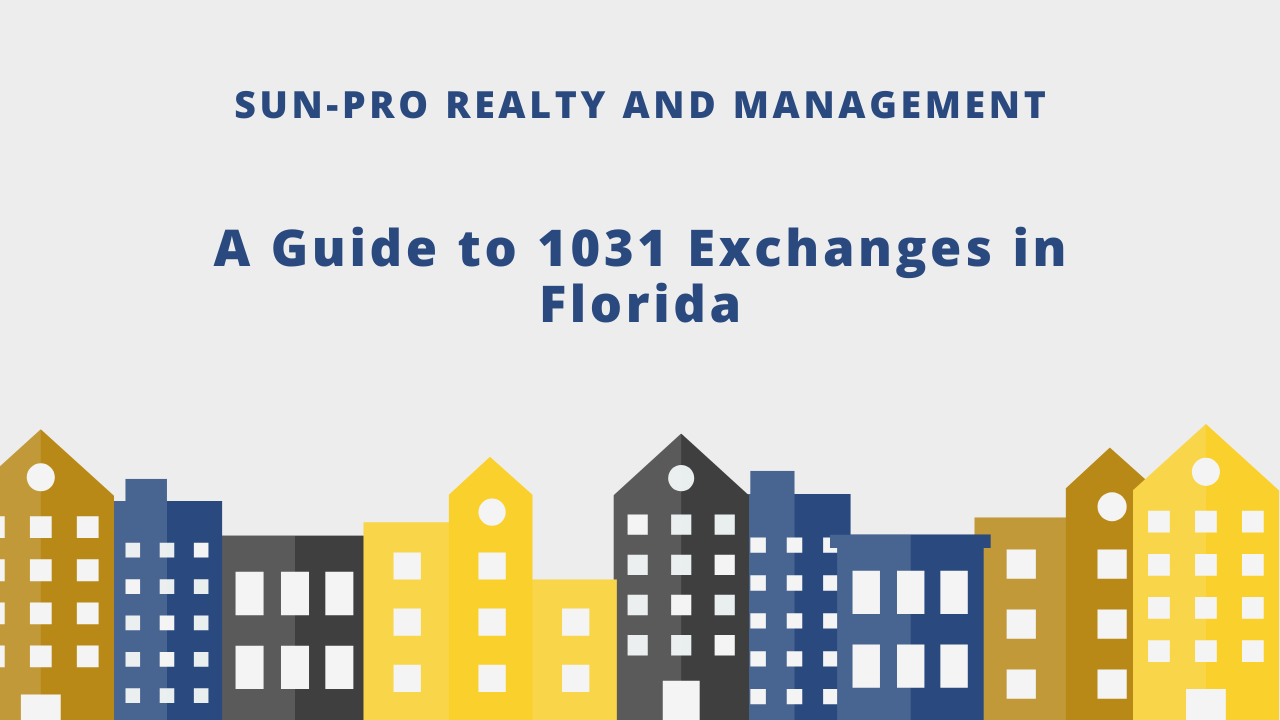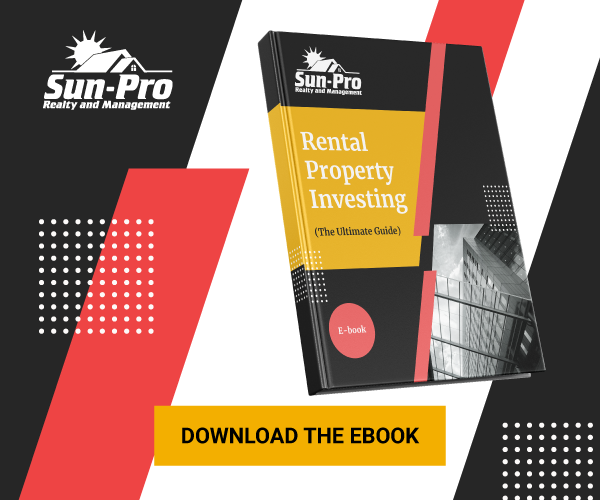
Key Takeaways
- Defer Taxes, Grow Faster: A 1031 exchange lets you reinvest sale proceeds into a new investment property without paying capital gains taxes upfront.
- Deadlines Matter: You have 45 days to identify new properties and 180 days to close. Miss a deadline, and you lose the tax break.
- Avoid Costly Mistakes: Work with professionals to stay compliant, avoid receiving “boot,” and ensure a smooth, tax-deferred exchange.
If you're a landlord in Florida, there's a powerful investment strategy you might be overlooking: the 1031 exchange. This IRS-approved method lets you sell an income-producing property and reinvest the proceeds into a new one, without paying capital gains taxes upfront. It’s a smart, legal way to grow your real estate portfolio while keeping more of your money working for you.
Surprisingly, many Florida property owners miss out on the significant financial advantages this tool offers. Whether you're looking to upgrade, diversify, or expand your investments, understanding how a 1031 exchange works could save you thousands of dollars.
To help you make the most of this opportunity, Sun-Pro Realty and Management has created a comprehensive guide covering the essential rules, timelines, and steps involved. Let’s break it down.
How the 1984 Law Change Reshaped 1031 Exchanges
Prior to 1984, like-kind exchanges operated under looser guidelines, allowing for broad interpretation and, at times, exploitation of the tax-deferral benefits. The Tax Reform Act of 1984 changed that.
By introducing stricter definitions, tighter timelines, and clearer qualifications, the law aimed to close loopholes and ensure that only true reinvestments would qualify for tax deferral.
Today, Section 1031 of the Internal Revenue Code remains a valuable tool for real estate investors, but the process is far more regulated.
To successfully defer capital gains taxes, investors must follow a specific set of rules and meet critical deadlines. Understanding these requirements is essential to making the most of a 1031 exchange, avoiding costly mistakes and growing your rental portfolio.

What Qualifies as Eligible Property
To qualify for a 1031 exchange, both the property you sell and the one you purchase must be held for investment or used in a trade or business. Personal-use properties, such as primary residences or vacation homes, do not qualify.
Examples of eligible properties include:
- Rental homes.
- Apartment buildings.
- Commercial spaces.
- Vacant land held for investment.
The replacement property must be “like-kind,” meaning similar in nature or use, not necessarily identical. For example, exchanging a rental home for a retail building is permitted. Sticking to these guidelines is essential to ensure your exchange meets IRS requirements and retains its tax-deferred status.
Key Purchase Deadlines
Timing is one of the most critical parts of a 1031 exchange. After you sell your original property, you have 45 days to identify potential replacement properties. This identification must be in writing and delivered to a qualified intermediary.
You then have a total of 180 days from the sale date of the original property to complete the purchase of one or more of the identified properties.
Both the 45-day and 180-day clocks start ticking on the same day. Missing either deadline will disqualify the exchange and you will owe taxes on the sale.
Identifying Replacement Properties
Within the first 45 days, you must formally identify the property or properties you intend to purchase. There are three basic identification rules you can follow:
- Three-Property Option: Investors may list a maximum of three potential replacement properties, and there is no restriction on their combined value.
- 200% Option: It is acceptable to name more than three replacement properties, provided that the total fair market value of all identified options does not go over twice the sale price of the original property.
- 95 Percent Rule: You can identify any number of properties, but you must acquire at least 95 percent of the total value you identified.
Your identification must be specific. Listing general areas or types of property is not acceptable. Be sure to include property addresses and detailed descriptions.

How to Avoid Receiving "Boot"
"Boot" refers to any funds or property received in a 1031 exchange that is not considered like-kind. If you receive boot, the IRS will consider it taxable. Common examples include receiving leftover cash from the sale, acquiring a cheaper replacement property, or paying off less debt on the new property compared to the old one.
To avoid boot, make sure you reinvest the entire sales proceeds and take on equal or greater debt on the replacement property. A qualified intermediary can help hold the funds during the exchange process to ensure you do not accidentally receive boot.
Completing the Replacement Property Purchase
Once you have identified your replacement property and are within the 180-day window, you need to close the purchase using the funds held by your qualified intermediary.
You cannot take possession of the sale proceeds at any time, or you risk disqualifying the entire exchange.
Work closely with your intermediary, real estate agent, and closing attorney to ensure that the title is transferred correctly and all documents are handled properly. Also, ensure that the new property is used for investment or business purposes, just like the original.
Frequently Asked Questions (FAQs)
- Q: Can I use a 1031 exchange to flip properties?
No. Flipping is considered a short-term activity, and properties held for resale do not qualify. The property must be intended for long-term use as an investment or for business purposes.
- Q: Can I exchange out-of-state property for Florida property?
Yes. The 1031 exchange applies to properties anywhere in the U.S., as long as both are used for business or investment purposes.
- Q: What happens if the deal falls through after I sell my property?
If you cannot identify or close on a replacement property within the 1031 deadlines, the exchange fails and you will owe taxes on the sale.

- Q: Is it possible to exchange one property for multiple properties?
Yes. As long as the total value and debt match or exceed what you sold, multiple replacement properties are allowed under the 1031 rules.
Bottom Line
A 1031 exchange is a highly effective tool for landlords in Florida who want to grow their portfolios and defer capital gains taxes. However, strict rules and timelines mean that attention to detail is critical. From understanding eligible properties to avoiding boot and meeting purchase deadlines, each step must be handled with care.
Sun-Pro Realty and Management has the experience and local market knowledge to help landlords navigate the 1031 exchange process. Whether you are buying, selling, or looking for new investment opportunities, our team can assist you at every stage to make sure your exchange is successful and compliant.
Ready to get started with your 1031 exchange? Contact Sun-Pro Realty and Management today to speak with an expert and take the next step in your investment strategy.
